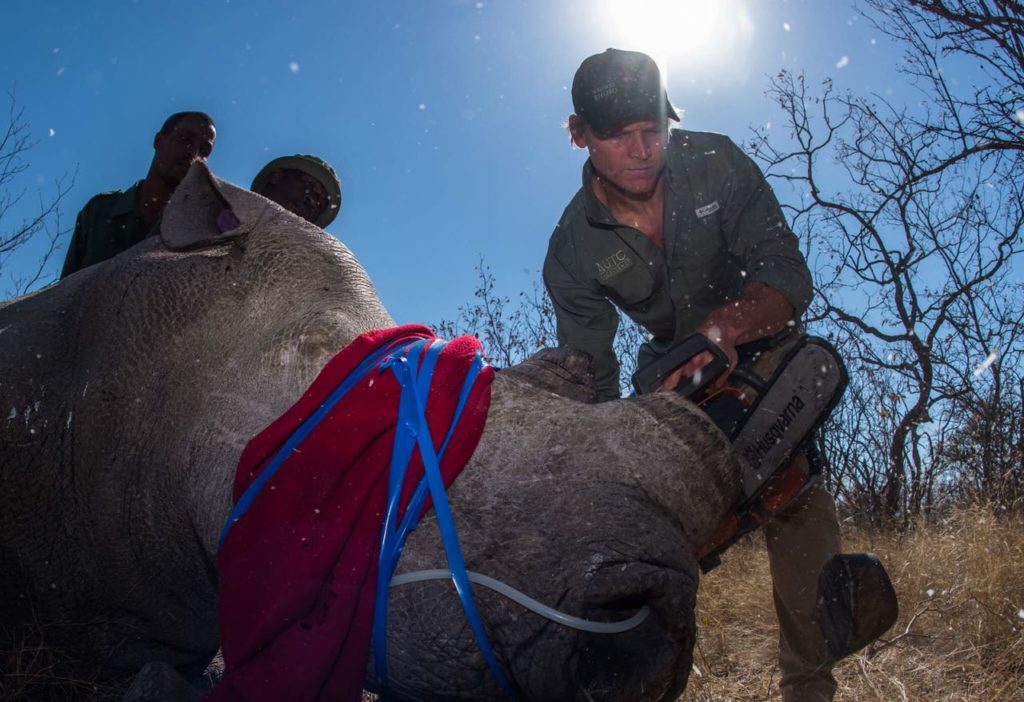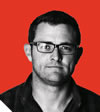Joe Pietersen chats to SIMON BORCHARDT about his successful San Diego stint, the growth of Major League Rugby and his role in rhino conservation.
How did your short stint with the San Diego Legion in last year’s Major League Rugby tournament come about?
I had played in Japan for two seasons. While I was there, I spoke to a friend who knew a few of the guys in the MLR set-up. After finding out a bit more about the tournament it seemed to be quite a cool adventure. My wife and I enjoy travelling; I’m nearing the end of my career and am involved in other things, so being able to play in the US for half the year and be in South Africa for the other half was a no-brainer.
You were able to play only one MLR match last year because of visa issues. What happened there?
By the time I had decided to come to San Diego, made an appointment with the American embassy and got my visa, I was able to play in only one game for the Legion, when the plan had been to play in four or five. Some of the foreign players at other MLR clubs this year have struggled to get their visas at all, never mind late. To get a work visa for the US you need a lot of supporting documents to prove you will add value here.
How long is your contract with the Legion?
At my young age [34], I don’t think a team will sign me for too long [laughs]. I will finish this season and then have the option to play another one.
What level of interest is there in rugby in San Diego?
There’s a lot of interest at school and club levels. There aren’t any American football or basketball franchises in San Diego, just a baseball team, the San Diego Padres, so there’s not as much competition for rugby as there is in other US cities like Los Angeles, where you have the Rams [NFL], Lakers [NBA] and Angels [MLB]. According to our marketing team, there was more interest in the Legion’s win against the Seawolves in round two of this year’s competition than there was in the whole of the 2018 tournament combined.
How does the standard of rugby in MLR compare to the Currie Cup or Japanese Top League?
I think the level of physicality in MLR is similar to that in the Currie Cup, but the skill level isn’t quite up to scratch yet. Your team might have a solid game in Japan or the US, but will struggle to build the phases on attack, like a team in the Currie Cup.
We’ve heard for years that the US is a sleeping giant of world rugby. Is it finally waking up?
Last year seven teams competed in MLR, this year there are nine and there may be another two or three added next year. I think if they can keep the competition like it is, without expanding too quickly, and maintain the quality of rugby, the sport can make great strides in the US. Soccer is not a major sport in the US, yet MLS [Major League Soccer] has grown into a very good league. MLR has the potential to do the same.
You began the current MLR season with a Man of the Match display against New York United. One of the commentators chirped after an early break of yours that you were turning back the clock. You must have enjoyed that?
[Laughs] When you get to a certain age as a rugby player, you just want to be able to compete at a standard you are happy with. It’s important for me to not just be a placeholder in the team. I’m playing flyhalf for the Legion, but have spent most of my career at fullback, so if there’s a gap, it’s nice to have a go.
How much longer do you hope to keep playing rugby?
I don’t know, hey, I just take it year by year. As you get older you appreciate how lucky you are to still be playing. If you had asked me five or six years ago if I thought I’d still be playing at the age of 34, I’d have probably said no. But it’s been such a cool journey for me and I’ve been able to travel to so many great places. I just see how my body feels at the beginning and end of each season, and if I’m still competitive on the field, I’ll keep playing. Once your career is over, it’s over, so you have to make the most of it.
Have you enjoyed captaining the Legion?
I have, yes. In American rugby, the captaincy role is usually performed from a quarterback point of view in American football. So your captain tends to be the flyhalf, scrumhalf or No 8. The fact I’ve been around the block a bit would have also counted in my favour as a captain.
The Legion have two other South Africans in their team – centre JP du Plessis and hooker Dean Muir. Do you guys hang out?
Yes, we do. It’s lekker to be able to speak to someone here who knows what the word lekker means. We’ve got quite a nice group of foreigners here, including former Waratahs prop Paddy Ryan, and the players’ partners all get on really well.
Will we see more South Africans playing in MLR as the tournament grows?
There is no doubt in my mind that we will. Since playing for the Legion last year, I’ve been contacted by many guys who I previously played with, wanting to know more about MLR, how they can get here and if it would be worth their while. As MLR viewership grows and more money comes into the tournament, so MLR will be able to lure more players here. And from a South African perspective, the lifestyle is similar to what we’re used to back home.
MLR teams are allowed to pick 10 foreigners – excluding Canadians – this year compared to five last year. Do you think that’s a good thing for the tournament?
I think it might be a good thing initially. Having foreigners in the teams will help give the tournament more exposure around the world. I’m chatting to SA Rugby magazine now and many reading this probably thought I was in the bush having a sundowner. I think at some stage the number of foreigners per team will be limited, as is the case in Japan, but I’m not sure what MLR’s plan is in that regard. You always want to have enough spots for American players.
Let’s talk about your other great passion. How did you start getting involved in rhino conservation?
I’ve always enjoyed being outdoors and going into the bush. Rhinos are a great asset of South Africa and have always interested me, and that resulted in me starting my own non-profit organisation. I wanted to play a role, even if it’s a small one, in helping protect and preserve these animals.
What does your non-profit organisation, Nkombe Rhino, hope to achieve?
Nkombe is a lekker little project. My brother, who is a game ranger in the Timbavati Private Nature Reserve, and a friend of mine in the tourism industry are also involved. Through our connections, we try to pool resources and work with other organisations. We support the anti-poaching team on the ground at the Blue Canyon Game Conservancy, which is located between the Greater Kruger National Park and the Blyde River Canyon Nature Reserve in the Hoedspruit area. That’s our core mission. Over the past seven years, we’ve got involved in other projects like de-horning rhinos, relocating wild dogs and collaring lions. More recently, we’ve tried to couple conservation with tourism, so if someone goes on a week’s safari, they can take a peek behind the conservation curtain on one of the days and get exposed to something they wouldn’t normally experience. That helps educate people and show them we can all play a role. Conservation isn’t about animals, it’s about people. It’s people inflicting things on to the animals.
Do you plan to focus on conservation fulltime after retiring from rugby?
I’m working hard to one day move into a tourism-conservation type of industry. Conservation doesn’t put food on the table, which is why I’d want to include tourism.
– This Q&A first appeared in the April 2019 issue of SA Rugby magazine.






